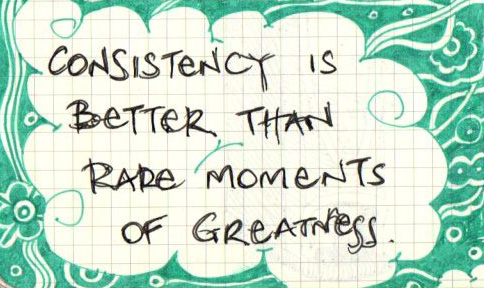 As you know, dear reader, I have a love/hate relationship with Mission Statements.
As you know, dear reader, I have a love/hate relationship with Mission Statements.
Last year, after much existential and linguistic dithering, rather than acting like nonprofits could simply ignore the fact that their mission statements might stink, I came down in favor of nonprofits coming up with mission statements that were worthy of their work.
After becoming fully disheartened by the fact that nearly 50% of nonprofits have mission statements that are technically incomprehensible, I wrote this post and this one and this one and ended up hosting a Worst Mission Statement Contest…all in the spirit of teaching nonprofits how to craft clear, compelling mission statements. Heck, it’s largely why I created the ding dang Wordifier!
To be clear: convoluted mission statements aren’t just irritating, they’re costly because if supporters can’t quickly and easily understand what you’re about, they won’t engage.
Equally, if not more, distressing is that it would seem the root cause of the lame language in mission statements is the absence of a clearly articulated vision. Without a clear vision, how can you come up with a kick ass mission? I share my thinking in this week’s podcast.
What are your thoughts on this whole vision/mission conundrum?





